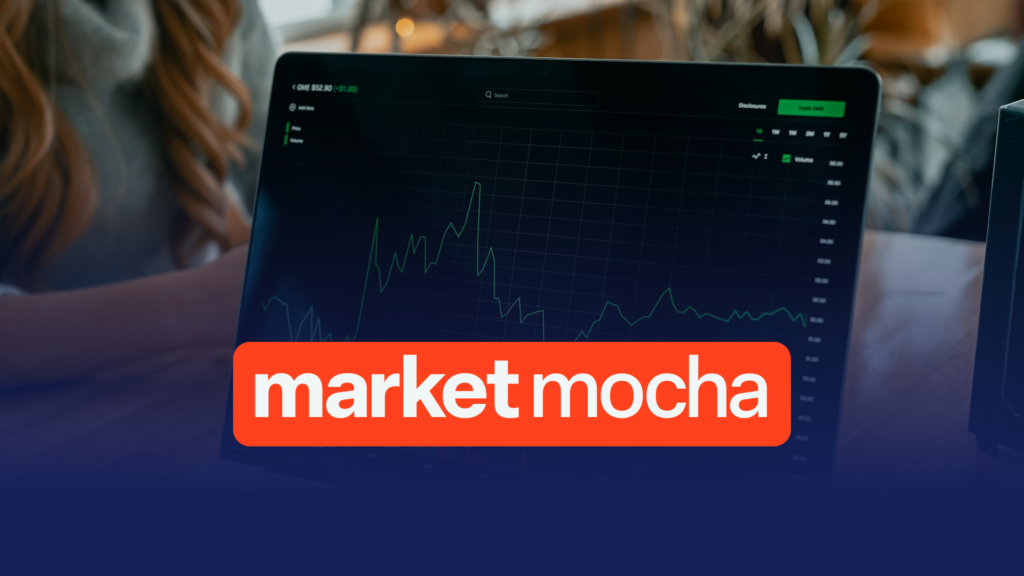First quarterly decline since 2022 sparks fears of recession, as inflation rises and political blame game intensifies
The US economy shrank by 0.3% in the first quarter of 2025, marking its worst performance in three years and igniting renewed fears of a recession just 100 days into President Donald Trump’s second term.
The contraction—reported Wednesday by the Commerce Department—was driven by a record-breaking 41.3% surge in imports, as businesses scrambled to front-load foreign goods ahead of Trump’s sweeping new tariffs. The spike, the largest outside the pandemic era since 1974, subtracted more than five percentage points from GDP, overwhelming otherwise modest growth in consumer spending and private investment.
It was the first quarter of negative growth since early 2022 and a stark reversal from the 2.4% expansion recorded in the final quarter of the Biden administration.
Trade war jitters shake growth
Economists had initially forecast a 0.4% expansion for the quarter, but revised their expectations as early data in April pointed to a wave of imports ahead of Trump’s promised tariffs. Businesses brought in goods aggressively to beat the president’s April tariff hikes—10% across the board, plus additional “reciprocal” duties against key trade partners, including a 145% levy on Chinese imports.
While imports are not a direct measure of domestic demand, they subtract from GDP calculations, since they reflect spending on goods produced abroad. That nuance, however, has not spared markets or the White House from the fallout.
Consumer sentiment plunged in April by 32%, hitting levels not seen since the 1990 recession, and major indexes dipped on Wednesday before paring back losses. The Nasdaq ended slightly down, while the S&P 500 and Dow closed with marginal gains.
Trump blames Biden, not tariffs
In a series of social media posts and public remarks, President Trump rejected suggestions that his trade policies were to blame for the downturn. Instead, he pinned the decline on what he called the “Biden Overhang.”
“This has NOTHING TO DO WITH TARIFFS,” Trump wrote on Truth Social. “Our Country will boom, but we have to get rid of the bad numbers we inherited. BE PATIENT!!!”
At a Cabinet meeting later that day, he doubled down, insisting that companies were “moving into the USA in record numbers” and that China was “getting absolutely hammered” by US tariffs. He claimed a deal with Beijing was possible “at a certain point,” though he cited intellectual property as an ongoing sticking point.
Under the hood: investment up, spending slows
While headline GDP disappointed, private domestic investment actually surged by 21.9%, with equipment investment up 22.5%—also likely front-loaded to avoid future import taxes. Consumer spending remained positive, rising 1.8%, but slowed sharply from 4% in the previous quarter. Federal government spending, meanwhile, fell 5.1%, driven by steep cuts under Elon Musk’s Department of Government Efficiency.
The personal consumption expenditures (PCE) price index—the Federal Reserve’s preferred measure of inflation—rose 3.6%, up from 2.4% in Q4. Core PCE (excluding food and energy) was also elevated at 3.5%, casting doubt on the likelihood of imminent rate cuts, despite the soft growth print.
Recession risks and political fallout
The economy is still technically not in recession—defined as two consecutive quarters of contraction—but the combination of sluggish consumer confidence, cooling job growth, and tariff uncertainty is fuelling anxiety on Wall Street and among policymakers.
The labor market also showed signs of strain. A separate report from ADP on Wednesday showed that private payrolls grew by just 62,000 in April—the weakest monthly gain since July 2024.
Democrats were quick to seize on the data. “One hundred days into his presidency, Donald Trump’s red-light, green-light tariffs are shrinking our economy,” said Senator Elizabeth Warren.
At the same time, Trump’s shifting tariff strategy has left both domestic and international businesses struggling to plan. After initially imposing across-the-board duties, Trump suspended many for 90 days in early April to allow for negotiations—some of which remain unresolved.
Outlook: temporary dip or early warning?
Some economists believe the Q1 downturn could be a temporary distortion, driven by front-loaded imports that may reverse in Q2. “The more telling number was consumer spending—it grew, but only just,” said Navy Federal’s Robert Frick. “That’s concerning, but not yet alarming.”
Others, however, warned of deeper issues. “Tariffs are a tax,” said Carl Weinberg of High Frequency Economics. “The corrosive uncertainty and higher input costs will drag GDP back into the red later this year.”
Markets now await Friday’s official payrolls report and the Federal Reserve’s policy meeting next week, as investors look for clues on whether rate cuts are still on the table—or whether the central bank will stay focused on inflation, even as growth falters.

